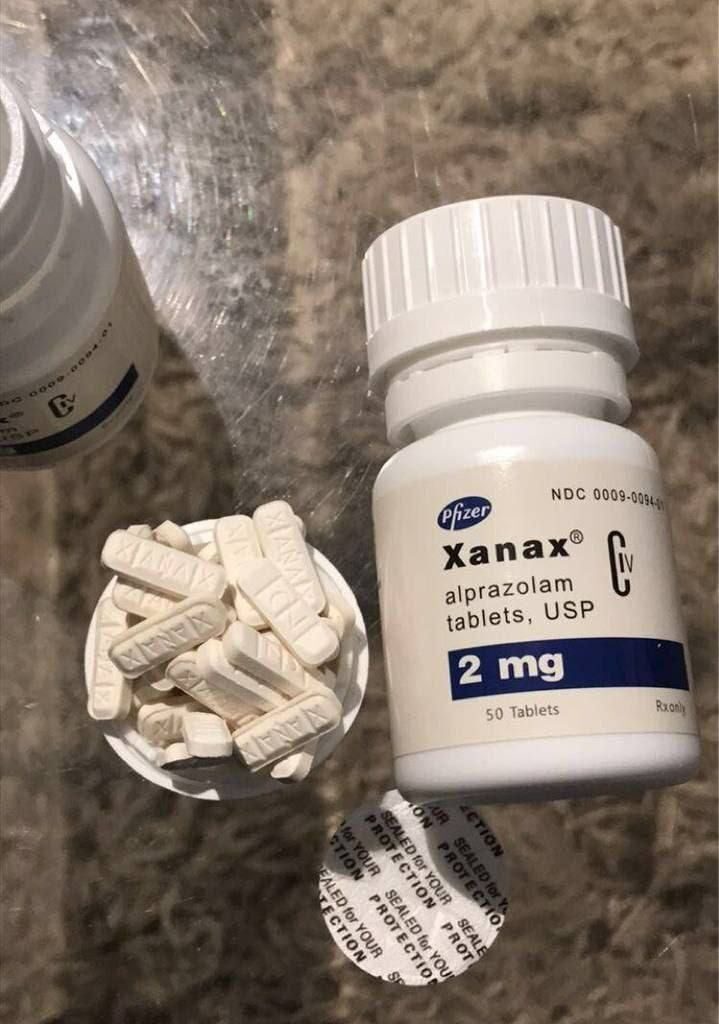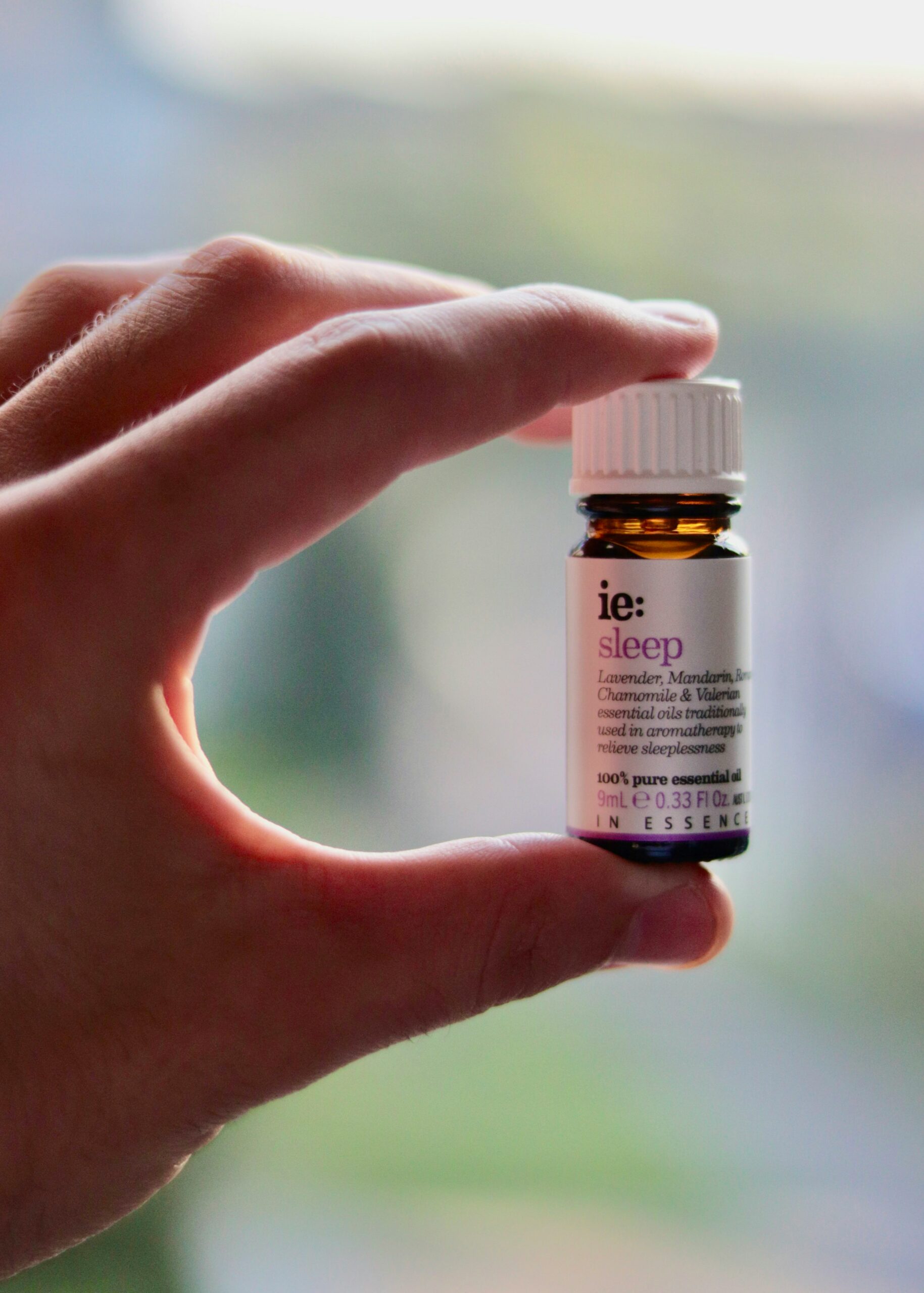The World of Xanax: Types, Uses, and History

Xanax, also known by its generic name alprazolam, is a benzodiazepine medication that is primarily used for the treatment of anxiety disorders, panic disorders, and anxiety associated with depression. It is classified as a Schedule IV controlled substance due to its potential for abuse and addiction. Xanax works by enhancing the effects of a neurotransmitter called gamma-aminobutyric acid (GABA) in the brain, which helps to reduce anxiety and promote relaxation.
There are several different types of Xanax available on the market, including immediate-release tablets, extended-release tablets, and orally disintegrating tablets. The immediate-release tablets are typically taken two to four times a day, while the extended-release tablets are taken once daily. The orally disintegrating tablets are designed to dissolve quickly in the mouth, making them a convenient option for individuals who have difficulty swallowing pills.

While Xanax is most commonly used for the treatment of anxiety disorders, it can also be prescribed for other conditions such as insomnia, muscle spasms, and alcohol withdrawal. However, it is important to note that Xanax should only be used under the guidance and supervision of a healthcare professional, as it can have serious side effects and interactions with other medications.
The history of Xanax is quite fascinating. It was first synthesized in the late 1960s by a team of researchers at the pharmaceutical company Upjohn (now part of Pfizer). The goal was to develop a medication that could effectively treat anxiety without the sedating effects of other benzodiazepines. After several years of research and testing, Xanax was approved by the U.S. Food and Drug Administration (FDA) in 1981 and quickly became one of the most prescribed medications in the United States.
Over the years, Xanax has gained a reputation as a highly effective medication for the short-term treatment of anxiety. However, it has also become associated with misuse and addiction. Xanax can be habit-forming, and individuals who take it for an extended period of time may develop a physical dependence on the drug. This can lead to withdrawal symptoms when the medication is stopped abruptly or when the dosage is reduced too quickly.
Despite its potential for misuse, Xanax continues to be an important tool in the treatment of anxiety disorders. When used appropriately and under the guidance of a healthcare professional, it can provide much-needed relief for individuals who are struggling with excessive worry, panic attacks, and other symptoms of anxiety.

Xanax is a widely prescribed medication that has gained popularity due to its effectiveness in treating various anxiety-related disorders. With its active ingredient, alprazolam, Xanax belongs to a class of drugs known as benzodiazepines. This class of medications is known for their sedative, hypnotic, and anxiolytic properties.
When taken as prescribed, Xanax can provide relief from symptoms of anxiety disorders, panic disorders, and even anxiety associated with depression. The drug acts by targeting the GABA neurotransmitter in the brain, which is responsible for inhibiting certain brain activities. By enhancing the effects of GABA, Xanax helps to calm the central nervous system, resulting in a sense of relaxation and reduced anxiety.
It is important to note that Xanax is a prescription medication and should only be taken under the guidance of a healthcare professional. The dosage and duration of treatment will vary depending on the individual’s needs and response to the medication. It is not recommended to self-medicate or exceed the prescribed dosage, as misuse or abuse of Xanax can lead to dependence, addiction, and other serious health consequences.
While Xanax can be highly effective in managing anxiety disorders, it is essential to consider potential side effects and risks associated with its use. Common side effects may include drowsiness, dizziness, confusion, and impaired coordination. In some cases, individuals may experience more severe side effects such as memory problems, mood changes, and even paradoxical reactions like increased anxiety or aggression.
Additionally, Xanax should be used with caution in certain populations, such as pregnant women, individuals with a history of substance abuse, and those with liver or kidney problems. It is crucial to disclose any pre-existing medical conditions or medications to your healthcare provider before starting Xanax to ensure its safe and appropriate use.
In conclusion, Xanax is a medication that can provide relief for individuals struggling with anxiety disorders, panic disorders, and anxiety associated with depression. By targeting the GABA neurotransmitter in the brain, Xanax helps to calm the central nervous system and alleviate symptoms of anxiety. However, it is important to use Xanax responsibly, under the guidance of a healthcare professional, to minimize the risk of side effects and potential dependence.

5. Xanax XR (Extended-Release) for Panic Disorder
In addition to its use for generalized anxiety disorder, Xanax XR is also approved for the treatment of panic disorder. Panic disorder is characterized by recurrent panic attacks, which are sudden episodes of intense fear or discomfort that reach a peak within minutes.
Xanax XR can help alleviate the symptoms of panic disorder by reducing the frequency and intensity of panic attacks. The extended-release formulation provides a steady level of medication in the bloodstream, which can help prevent the onset of panic attacks.
It is important to note that Xanax XR should only be used under the guidance of a healthcare professional and should not be taken without a prescription. It is also essential to follow the prescribed dosage and not exceed the recommended amount, as misuse or abuse of Xanax can lead to dependence and addiction.
Overall, the different types of Xanax offer various options for individuals suffering from anxiety disorders. Whether it is immediate relief, extended-release, or a liquid form, Xanax can provide effective symptom management when used appropriately and as directed by a healthcare professional.

Uses of Xanax
Xanax is primarily prescribed for the treatment of anxiety disorders, panic disorders, and anxiety associated with depression. It is also sometimes used as a short-term treatment for insomnia and as a premedication for certain medical procedures. Additionally, Xanax may be prescribed off-label for other conditions, such as social anxiety disorder and post-traumatic stress disorder (PTSD).Xanax, also known by its generic name alprazolam, belongs to a class of medications called benzodiazepines. These drugs work by enhancing the effects of a neurotransmitter in the brain called gamma-aminobutyric acid (GABA), which helps to reduce excessive brain activity and promote a sense of calmness and relaxation. Anxiety disorders are among the most common mental health conditions, affecting millions of people worldwide. They can cause intense feelings of fear, worry, and apprehension, making it difficult for individuals to carry out their daily activities and maintain a good quality of life. Xanax is often prescribed to help manage the symptoms of these disorders, providing relief from excessive anxiety and promoting a greater sense of well-being. In addition to anxiety disorders, Xanax can also be used to treat panic disorders. Panic disorder is characterized by recurrent episodes of intense fear and physical symptoms such as rapid heartbeat, shortness of breath, and dizziness. These episodes, also known as panic attacks, can be debilitating and may lead to avoidance of certain situations or places. Xanax can help reduce the frequency and severity of panic attacks, allowing individuals to regain control over their lives. Furthermore, Xanax is sometimes prescribed as a short-term treatment for insomnia. Insomnia is a sleep disorder characterized by difficulty falling asleep, staying asleep, or both. It can have a significant impact on a person’s overall well-being and functioning. Xanax can help induce sleep and improve sleep quality, allowing individuals to get the rest they need to feel refreshed and energized during the day. In certain cases, Xanax may also be used as a premedication before medical procedures. This is particularly useful for individuals who experience high levels of anxiety or fear when undergoing invasive or uncomfortable procedures. By taking Alprazolamprior to the procedure, patients can feel more relaxed and at ease, making the experience less distressing. Although not approved by the FDA for these conditions, Xanax is sometimes prescribed off-label for social anxiety disorder and post-traumatic stress disorder (PTSD). Social anxiety disorder is characterized by an intense fear of social situations, while PTSD is a mental health condition that can develop after experiencing or witnessing a traumatic event. Xanax may help alleviate the symptoms associated with these conditions, such as excessive worry, fear, and avoidance behavior. It is important to note that while Xanax can be highly effective in managing the symptoms of anxiety and related disorders, it should only be used under the guidance and supervision of a healthcare professional. Xanax can be habit-forming and has the potential for abuse, so it should be taken exactly as prescribed and not in higher doses or for longer periods than recommended. In conclusion, alprazolam is a medication that is widely used for the treatment of anxiety disorders, panic disorders, and anxiety associated with depression. It can also be used for short-term treatment of insomnia and as a premedication for certain medical procedures. While it may be prescribed off-label for other conditions, such as social anxiety disorder and PTSD,it is important to use Alprazolam responsibly and under the guidance of a healthcare professional.
Despite its initial success, the widespread use of Xanax also raised concerns about its potential for abuse and addiction. As a Schedule IV controlled substance, alprazolam is are classified as having a low potential for abuse compared to drugs in higher schedules. However, this does not mean that the risk of abuse and addiction is nonexistent.
Over the years, there have been reports of individuals misusing Xanax for its sedative effects or to enhance the effects of other substances, such as alcohol. The combination of Xanax and alcohol, in particular, can be dangerous and potentially life-threatening. This has led to increased efforts to educate healthcare professionals and the general public about the risks associated with alprazolam misuse.
Furthermore, the rise of the opioid epidemic in recent years has shed light on the potential dangers of combining Xanax with opioids. Both Alprazolam and opioids depress the central nervous system, and when used together, they can increase the risk of respiratory depression and overdose.
In response to these concerns, healthcare providers have become more cautious in prescribing Alprazolam and other benzodiazepines. They are now more likely to explore non-pharmacological treatments for anxiety disorders, such as cognitive-behavioral therapy and relaxation techniques. Additionally, there has been a greater emphasis on patient education regarding the risks and benefits of Xanax, as well as the importance of using it as prescribed.
Despite the concerns surrounding Alprazolam, it continues to be a valuable medication for individuals with anxiety disorders when used appropriately. It has helped countless individuals manage their symptoms and improve their quality of life. However, it is essential to recognize the potential risks associated with Xanax and use it responsibly under the guidance of a healthcare professional.




